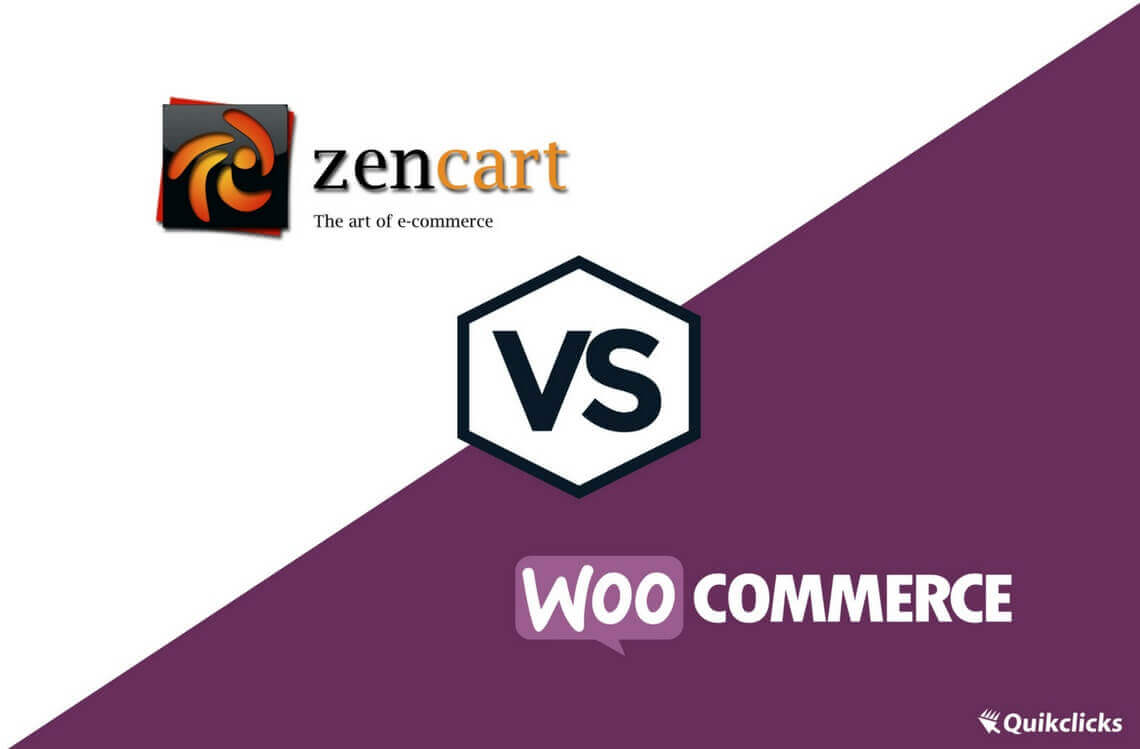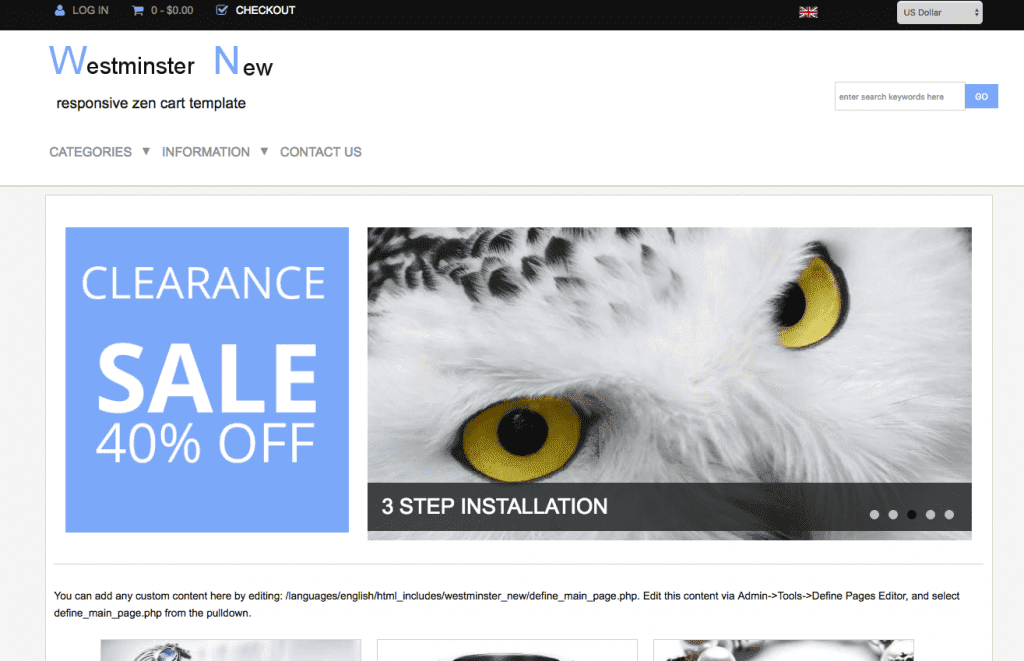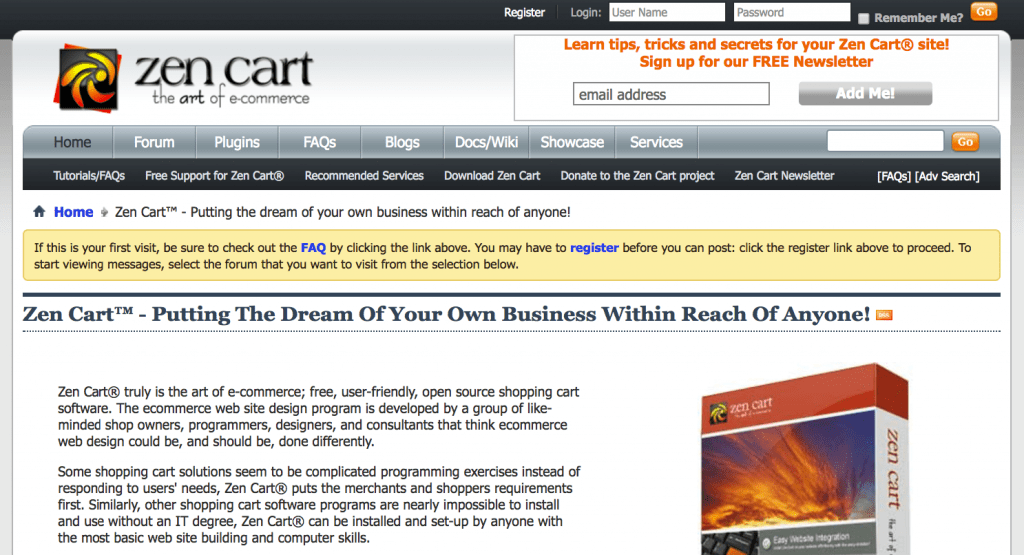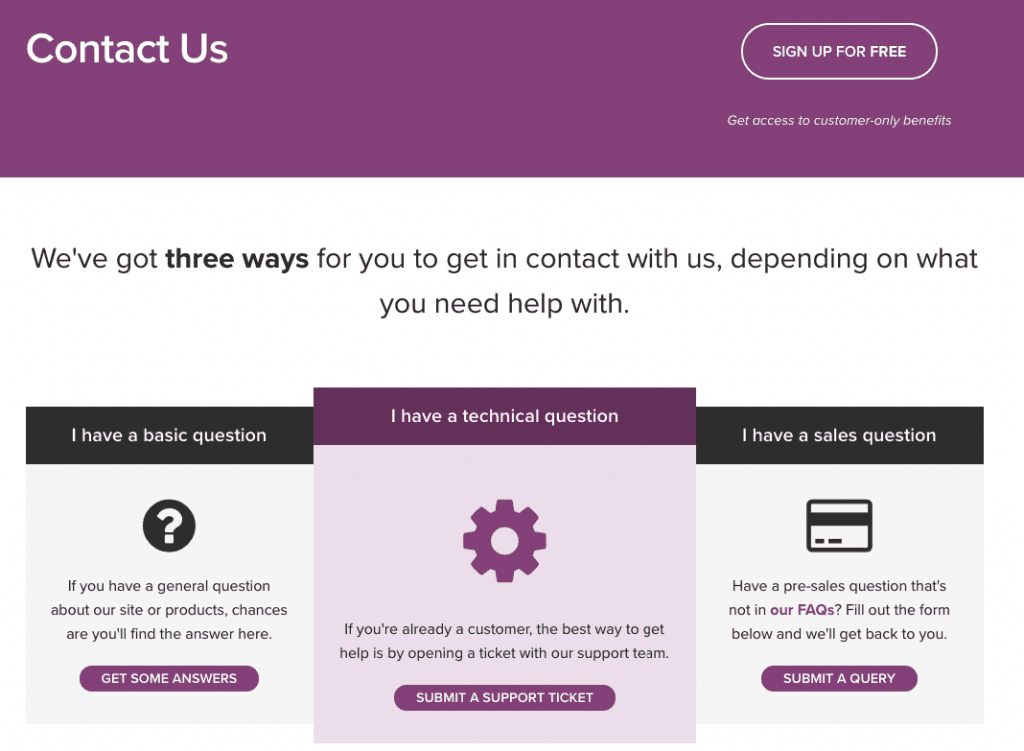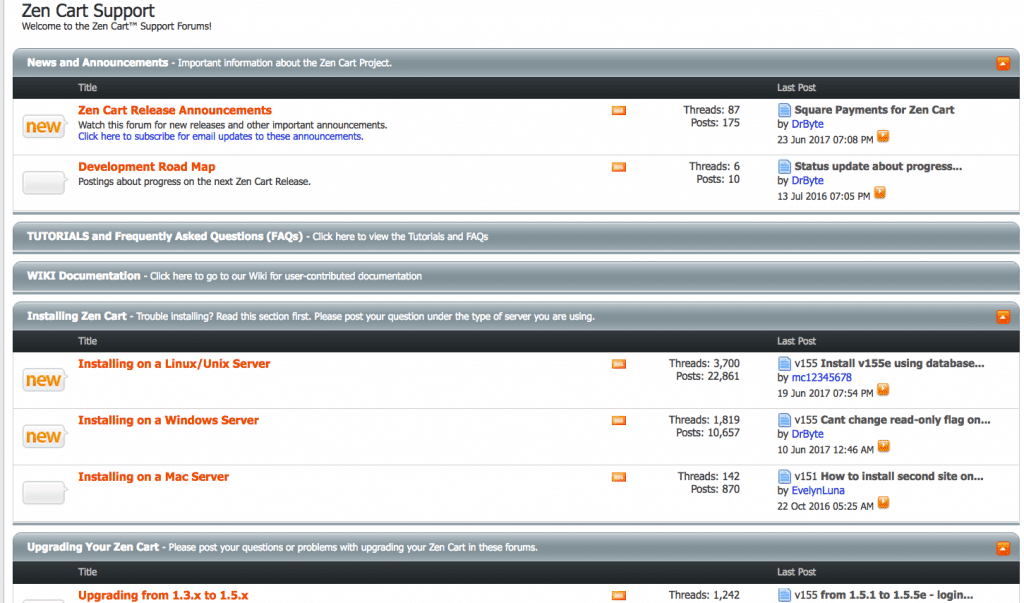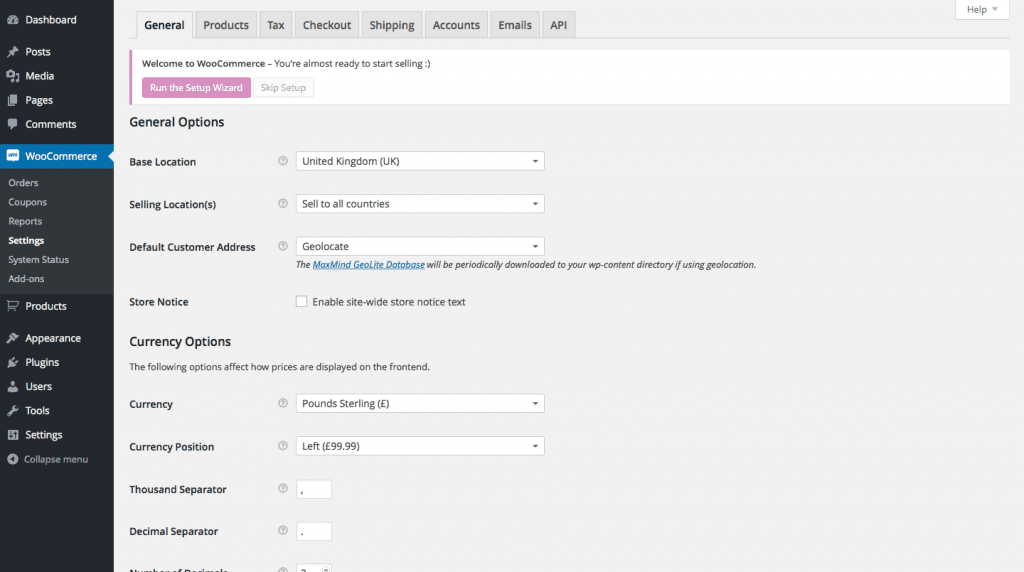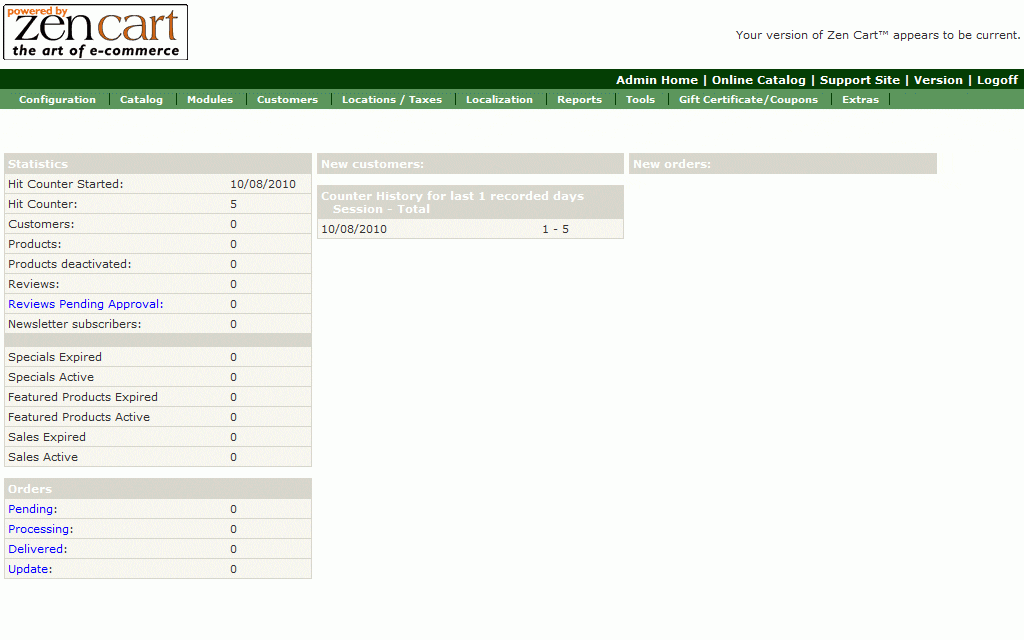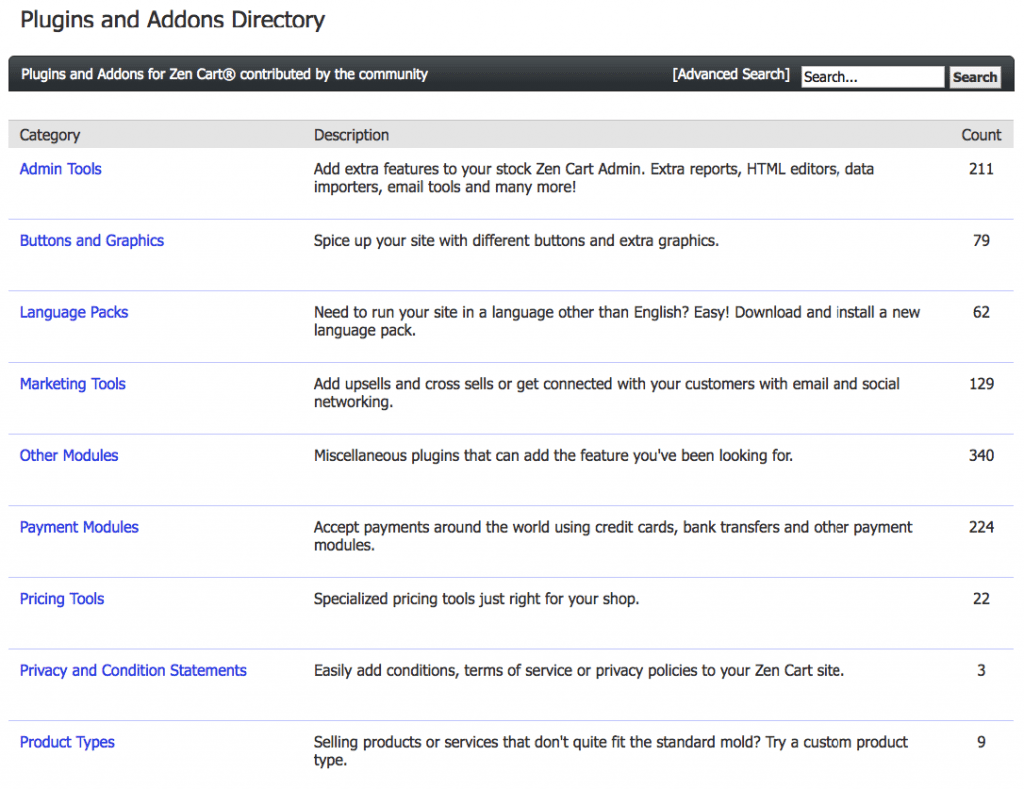Zen Cart – Ease of Use
The first thing you need to do is buy a domain and host it. Next, download the software which is easy, but installing it on your server will be a pain and for most people an impossibility. People get overwhelmed and nothing makes sense so you will probably need to hire some help. Once you download Zen Cart you will feel like there is a lot going on as it is difficult to know where to start and what you are looking at. WYSIWYG editor and drag and drop tools don’t exist here.
There is a learning curve involved with mastering the user dashboard and getting familiar with the navigation and different areas. Simple things like adding a product will sometimes be simple but the platforms it is not intuitive, so for example, if you want to add attributes to products, you will need to navigate to “Attribute controller” which is not located on the product page in order to add attributes to each individual product.
If you already have an existing website and you want to integrate Zen Cart into it, you should know that it will be very difficult and you will be better off searching for another e-commerce solution.
Winner: WooCommerce
Just from the look of Zen Cart’s user dashboard, we can see that WooCommerce is the winner here. Zen Cart’s dashboard looks very cluttered and non-intuitive to use, so users will feel baffled when they need to do some basic things.
On the other hand, WooCommerce is integrated into the beautiful and intuitive WordPress dashboard. Everything is reachable within a click or two and it is a breeze to use for existing WordPress users and even for a total beginner.
WooCommerce vs Zen Cart – Features
WooCommerce – Features
When you install WooCommerce, you will notice that it comes with all the core features that are needed to get your online store up and running and it is possible to start selling right away. However, if you require some advanced features, you will have to install additional plugins and extensions. Social media integration is one example of a function that would require the use of an additional plugin. These are usually easy to find and install, and include user reviews to give you a picture of how they work.
Your admin dashboard and storefront will be mobile friendly from the get-go and you will not need to hire anyone to get your store looking good on mobile devices. You will have the option of five payment gateways (including PayPal, check, and direct bank transfer), but if you need more, then additional payment gateways are easy to install in a form of an extension. Later on, you can add Stripe, Amazon Payments, and Braintree.
It is true that WooCommerce comes preloaded with many features, but if you need an advanced feature, then you will need to install an extension. There are hundreds of extensions available in the WooCommerce app store that will add any functionality that you can imagine. A great thing about WooCommerce is that all extensions function together perfectly and there are no conflicts and problems like there is with Zen Cart and other platforms.
Zen Cart – Features
Zen Cart provides some of the needed features out of the box. Their strongest point is the shipping tools and you get all of the options right away. Other areas such as payment gateways and checkout area will require additional plugins.
Adding products is simple and you can do some modifications on how products are displayed. Managing content in general will be easy if you hire a PHP developer. The shopping cart can be somewhat confusing to customers so you will need additional plugins to make it more functional.
There are plenty of free and paid plugins available, but not all of them are integration friendly. Also, problems are known to occur when Zen Cart releases updates, so you’ll have to do some extensive troubleshooting with your plugins as updates roll out. There are store statistics available and you can see your customer demographics, top performing products, and store performance. To get more analytics option, we recommend Google Analytics.
For payment processing, you’ll have three options available – FirstData, Authorize.net, and PayPal. To use some other payment gateway, you’ll have to install a specific plugin. SEO is not Zen Cart’s strong side and there is plenty of room for improvement. There are some SEO plugins available, but most are not that useful.
Having your Zen Cart store responsive will be tricky. To make your store mobile friendly, you can buy a plugin to help make your store responsive, but free solutions are far from impressive. Keep in mind that it’ll take a lot of coding to make your store mobile friendly. It is a shame that Zen Cart didn’t catch up with this as most of the customer’s shop from their mobile devices.
Luckily, adding and updating blog is easy with Zen Cart. Managing orders is easy and you can view your stock levels and change product displays. If you want to integrate eBay and Amazon with your store, then you’ll need to purchase a plugin. Unfortunately, plugins tend to be really expensive and not impressive.
You will be responsible for your store’s hosting and security. You should cover your basics and get a secure hosting server and SSL certificate for your store.
WooCommerce vs Zen Cart – Add-Ons & Extensions
WooCommerce – Add-Ons & Extensions
WooCommerce shines in this area with a plethora of free and premium extensions, plus tens of thousands of free and premium WordPress plugins.
This combo offers you the extensive functionality to create any store under the sun and no other e-commerce solution can rival WooCommerce in this area. There are many plugins and extensions that are available off-the-shelf and WordPress developers can write bespoke plugins of their own.
Some of the most popular extensions for WooCommerce include:
- One Page Checkout: streamline the checkout process for your customers and present everything on the same page
- MailChimp: MailChimp is one of the most well-known tools for providing email marketing services and you can even send cart recovery emails with it
- Beeketing: this is an all-in-one marketing tool that can help you to increase your conversion rate
There are also premium WooCommerce plugins and extensions available and if you know what to look for, you can find high-quality extensions that are cheaper and better than the official ones. Whatever you want to do with your store, just search for a plugin and you’ll probably find it!
Zen Cart – Add-Ons & Extensions
Zen Cart comes with very basic functionality after installation.
Their collection of extensions includes categories such as:
- Pricing tools
- Payment modules
- Language packs
- Admin tools
- Shipping modules
- Marketing tools
- And more
Even Zen Cart warns its users that PCI compliance can be negatively affected by add-ons so you need to be very careful with every add-on that you want to install. Payment processing is fully supported through extensions and Zen Cart offers integration with PayPal, Authorize.net, Square, and others.
Note that installing extensions will not always go smoothly and that 3rd party add-ons can create more problems than good.
Winner: WooCommerce
Zen Cart is a pretty basic solution when compared to WooCommerce in every way and extensions are not excluded. While you can add plenty of basic features to it, WooCommerce just has the sheer numbers on its side. Plus, WooCommerce extensions integrate perfectly and easily with it which is not the case with Zen Cart.

